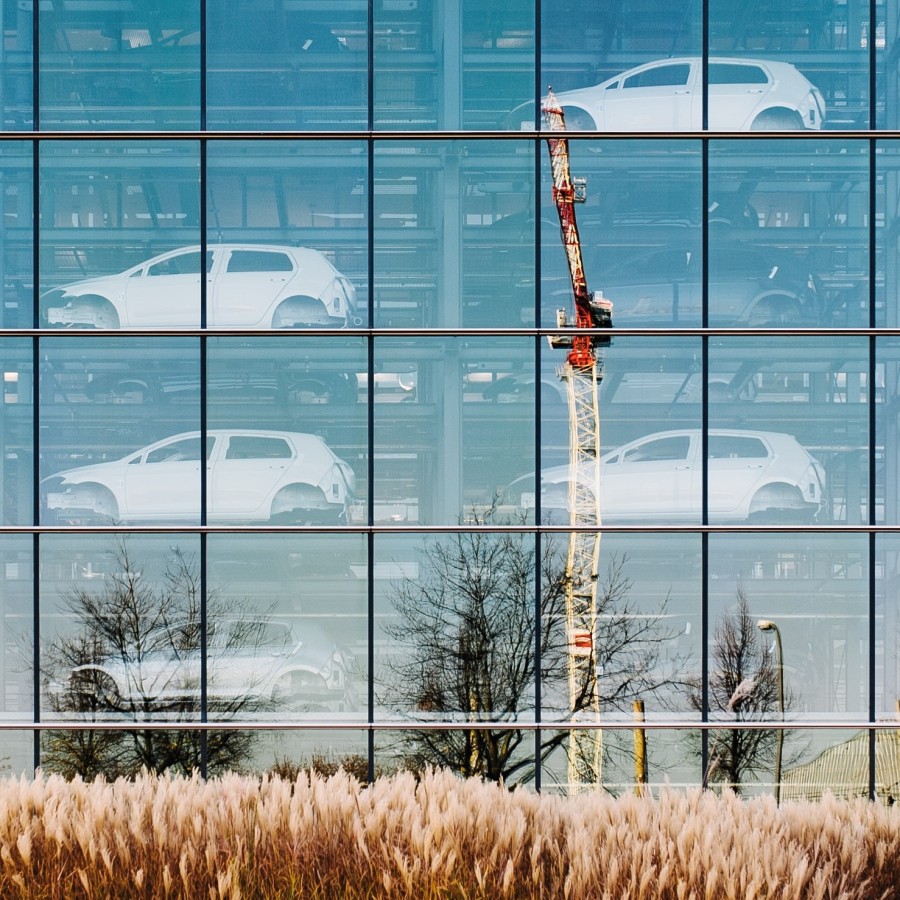To achieve the long‑term goal of greenhouse gas neutrality in Germany by 2045, industrial processes must also trend towards zero emissions. This requires a fundamental transformation of the entire industrial production system. In the seminar, several technological paths to achieve this goal were discussed using the simulation model "FORECAST". All presented scenarios hinge on material and energy efficiency and CO2-neutral primary (e.g., solar or wind) as well as secondary energy sources. By 2030, first solutions for the provision of CO2-neutral hydrogen and electricity should be promoted as a steppingstone. Among other things, targeted subsidies, green lead markets and CO2 pricing (such as ETS, Carbon Contracts for Difference, Cross Border Adjustment Mechanism) are mentioned as instruments. The research was conducted in the Copernicus Project ARIADNE 2020-2023.
Gerald Feichtinger reflected on the model results in his commentary with respect to the upcoming challenges towards a comprehensive electrification of industrial processes and put the results into an Austrian context.


